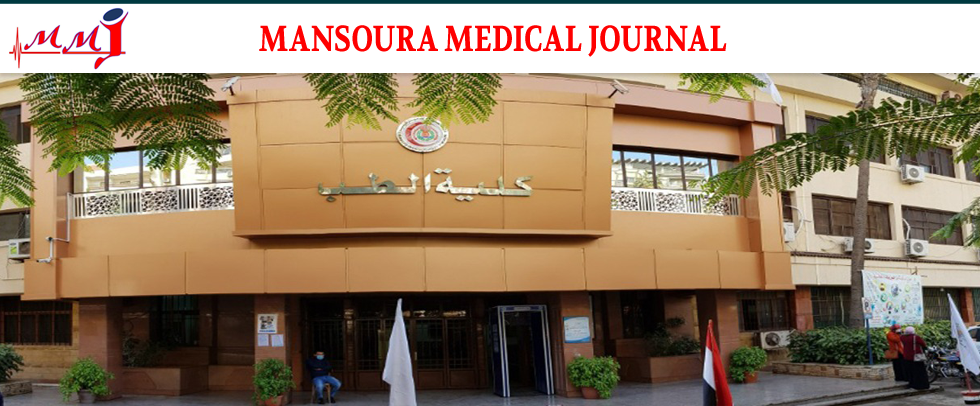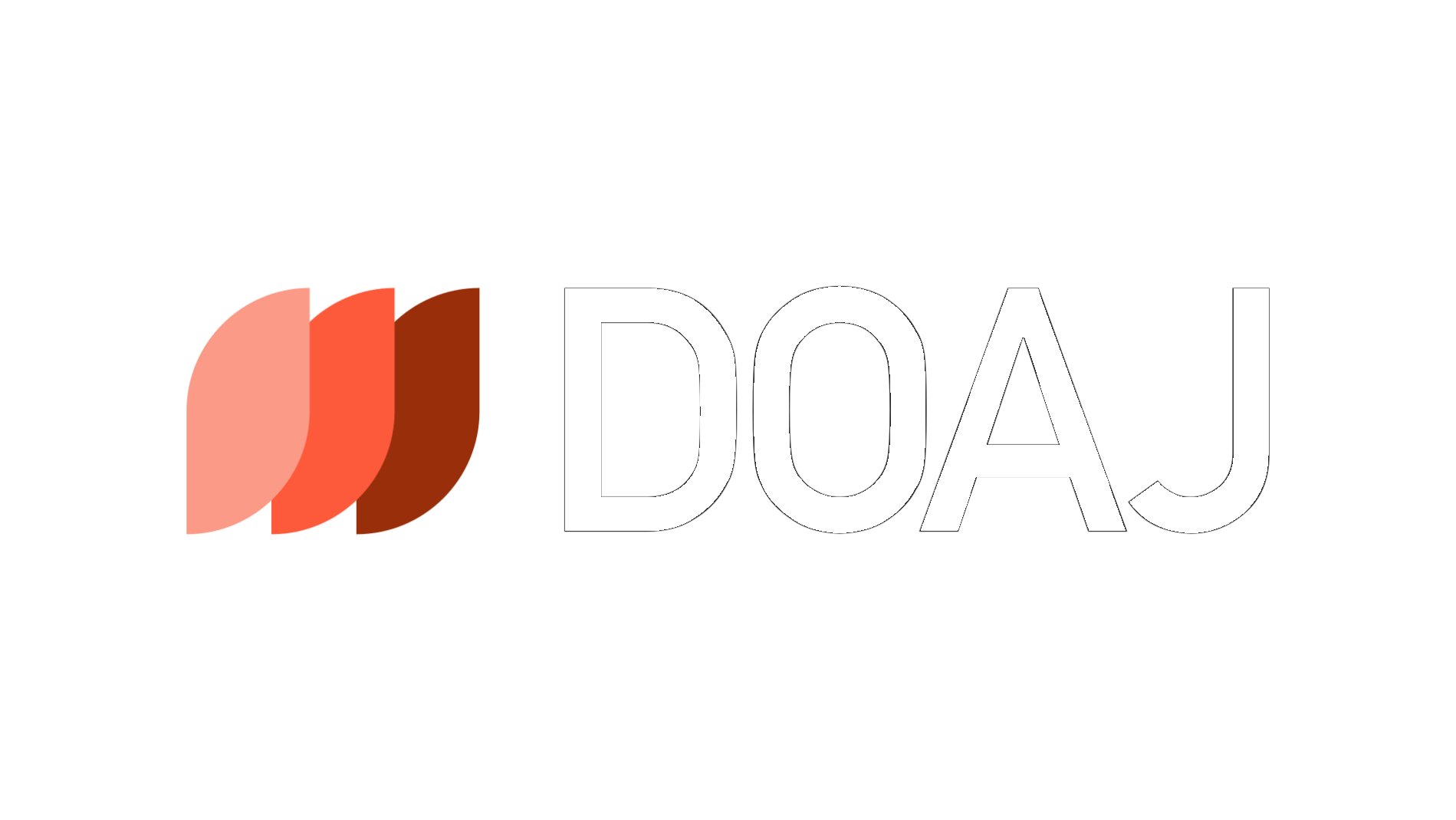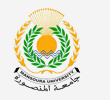Subject Area
Pharmacology
Article Type
Original Study
Abstract
Background: While cyclophosphamide (CP) is a commonly used immunosuppressant and anticancer drug, it has a high risk of testicular toxicity. The current study evaluated the protective and therapeutic actions of aprepitant (APR), a neurokinin-1 receptor blocker, against CP-induced testicular toxicity in mice and the role of oxidative stress and phosphorylated P38 mitogen-activated protein kinase (p-P38 MAPK) in this action.Methods: Forty male mice were assigned to four groups: control (vehicle only), CP-induced testicular toxicity (single 200 mg/kg intraperitoneal CP dose), APRprotected (20 mg/kg/day APR starting one day before CP, continued for 30 days), and APR-treated (same APR dose starting one hour after CP). Animals were sacrificed; testes were excised for sperm evaluation, histological examination of haematoxylin and eosin-stained sections, and biochemical analysis of malondialdehyde, reduced glutathione, and p-P38 MAPK levels.Results: APR improved sperm count, increased the percentage of active sperm, decreased dead sperm, and conserved testicular tissue architecture, according to histological analysis, in comparison to the CP-induced testicular toxicity-untreated group. It also raised the level of reduced glutathione while reducing malondialdehyde levels and p-P38 MAPK expression. Compared to the treated group, these improvements were more pronounced in the APR-preventive group.Conclusion: APR ameliorated the CP-induced testicular toxicity in mice by suppressing p-P38 MAPK and oxidative stress, preserving testicular tissue and spermatogenesis. Protective use of APR produced a more pronounced improvement
Recommended Citation
Morsy, Suzan Awad AbdelGhany; Eltrawy, Amira H.; Khalil, Nehal Adel; MM, Abd ElAziz; Saeed, Nourhan Mohamed Mohamed; and Khamis, Gehad M.
(2025)
"APREPITANT AMELIORATES CYCLOPHOSPHAMIDE-INDUCED TESTICULAR TOXICITY IN MICE VIA SUPPRESSION OF P38 MITOGEN-ACTIVATED PROTEIN KINASE,"
Mansoura Medical Journal: Vol. 54
:
Iss.
4
, Article 8.
Available at:
https://doi.org/10.58775/2735-3990.1460
Creative Commons License

This work is licensed under a Creative Commons Attribution 4.0 International License.



